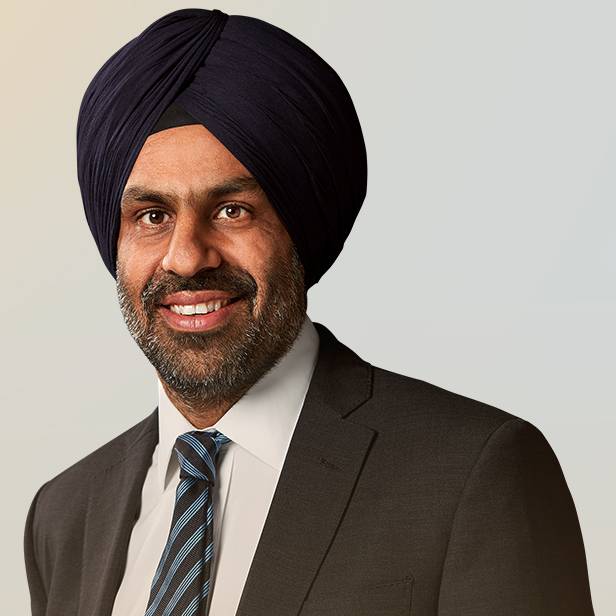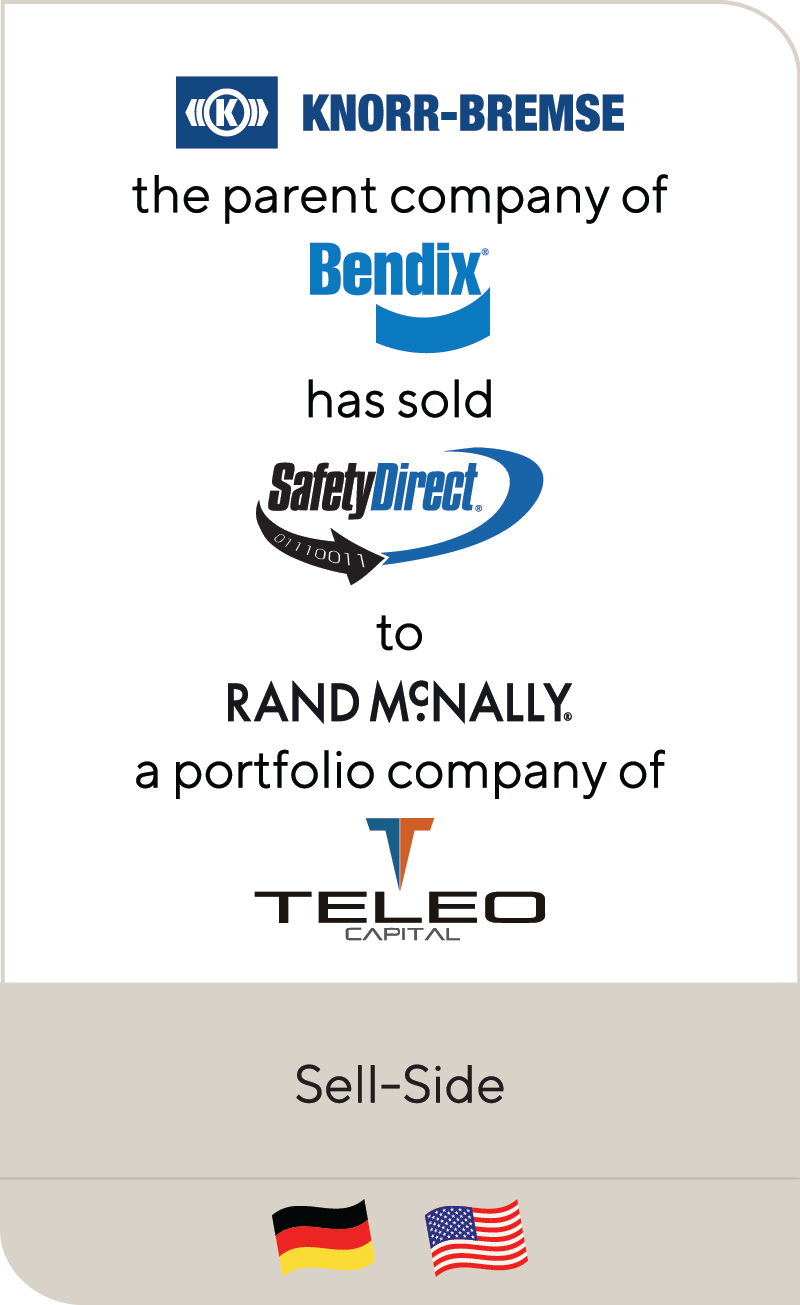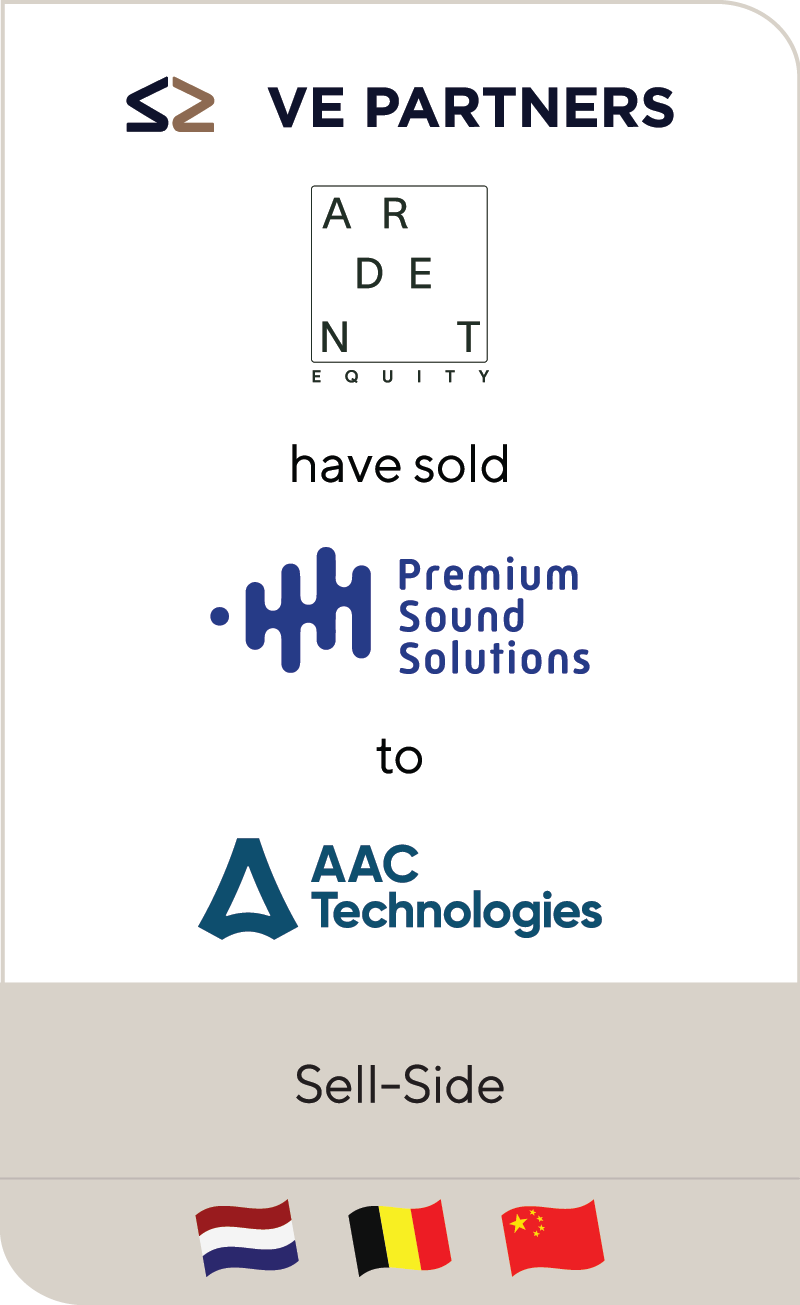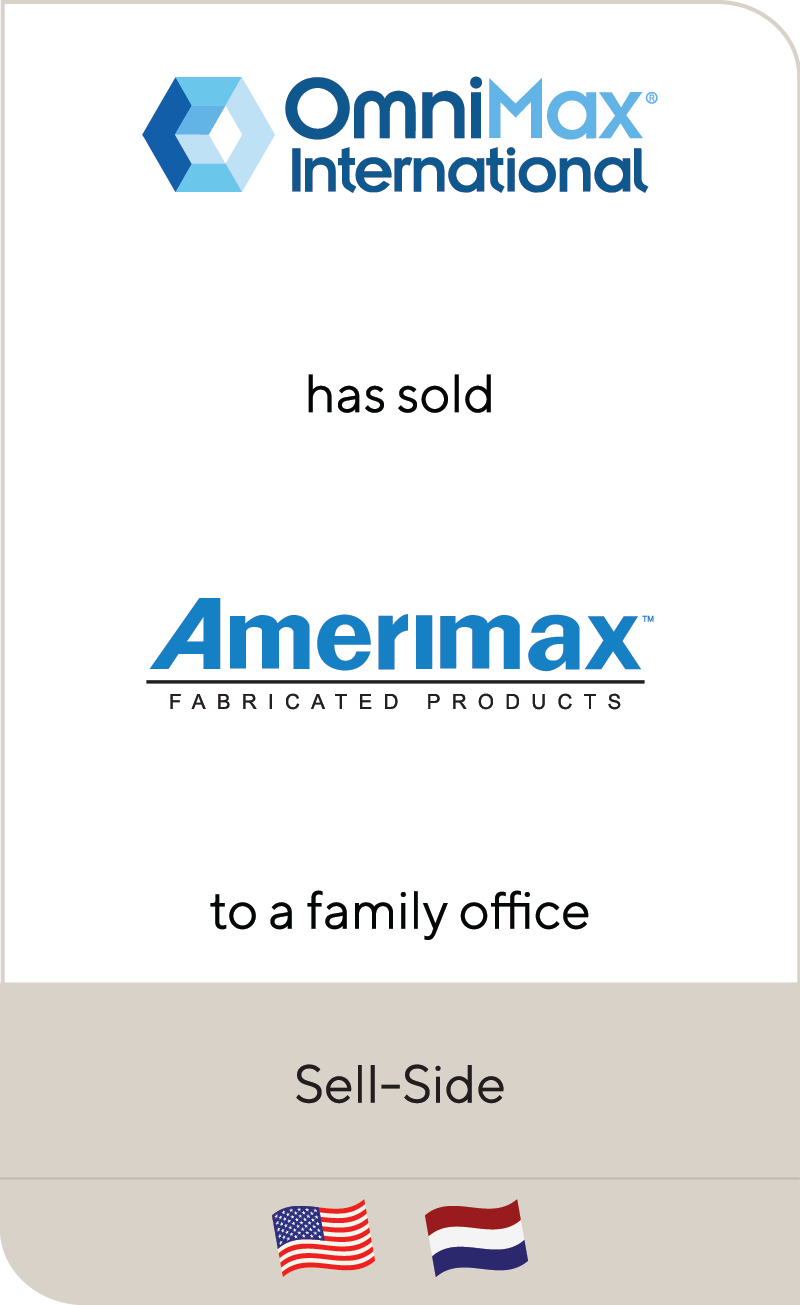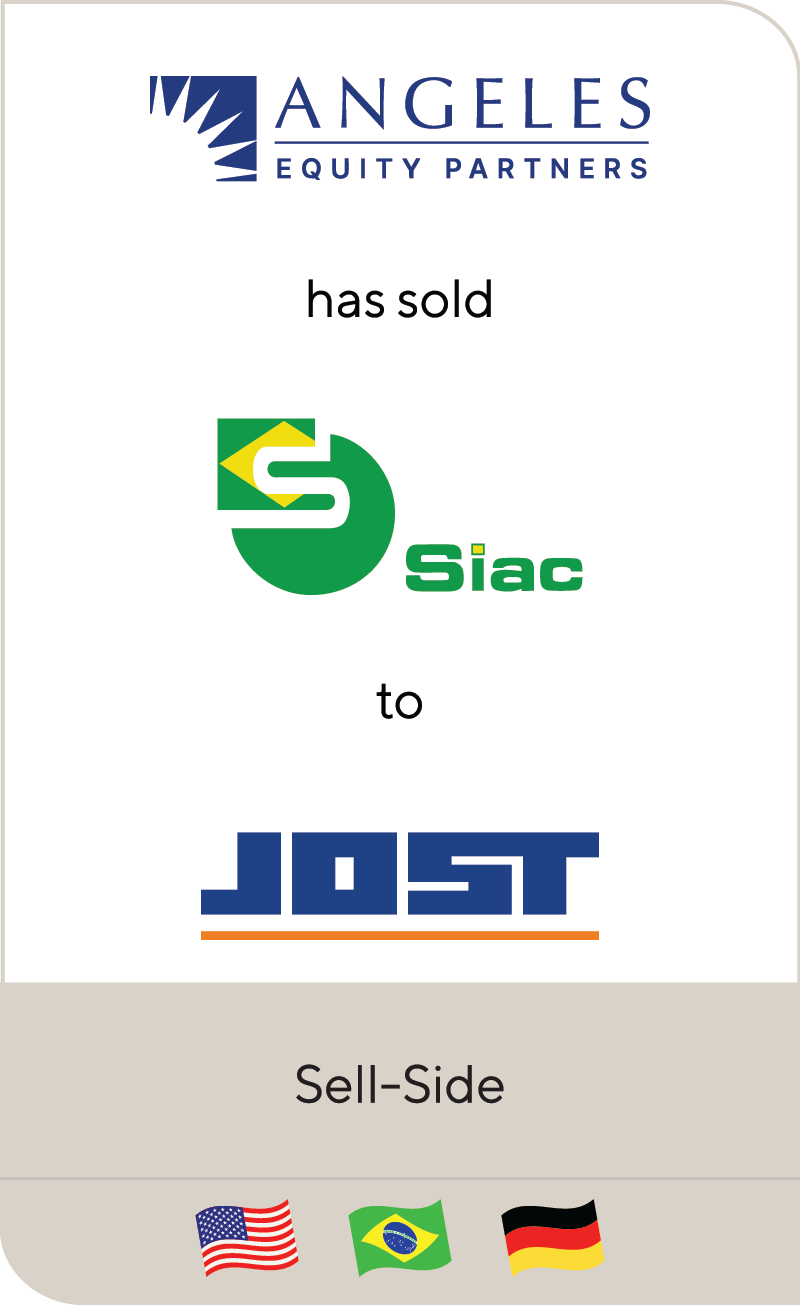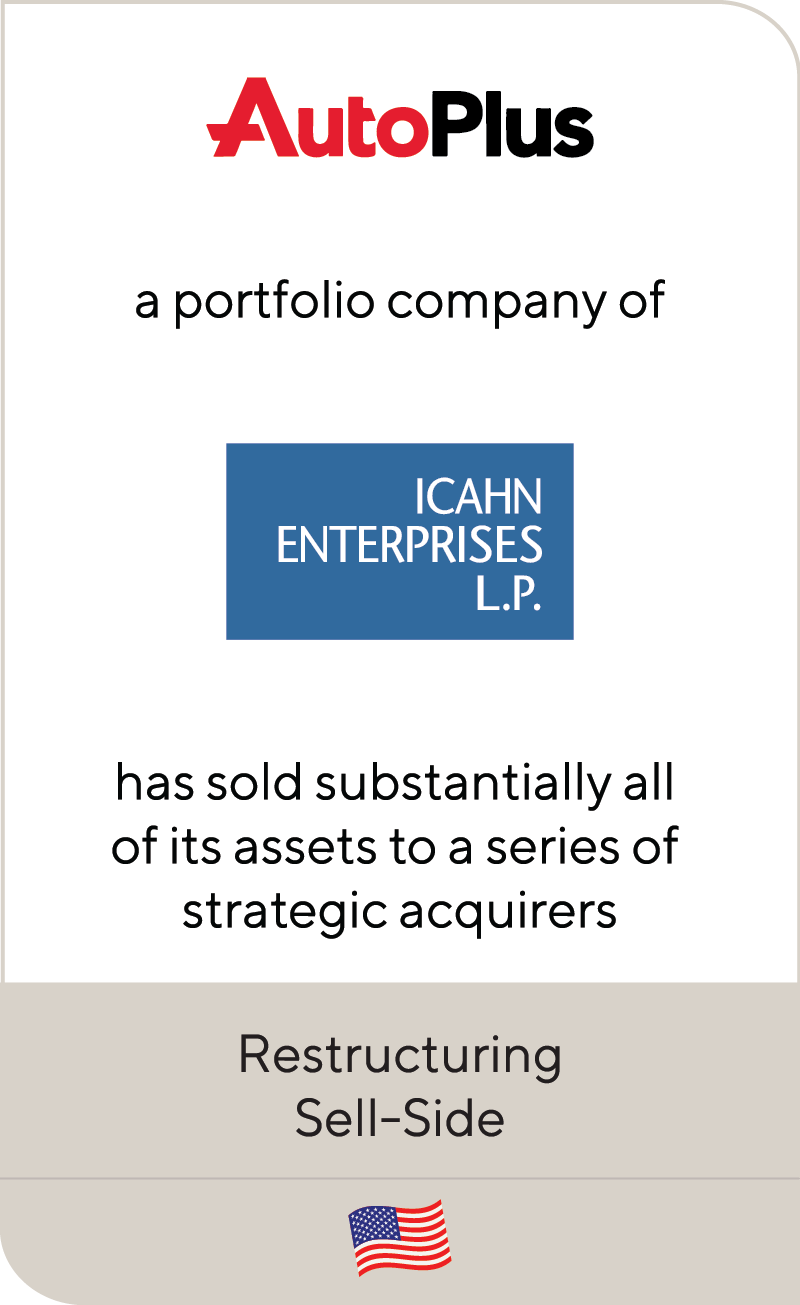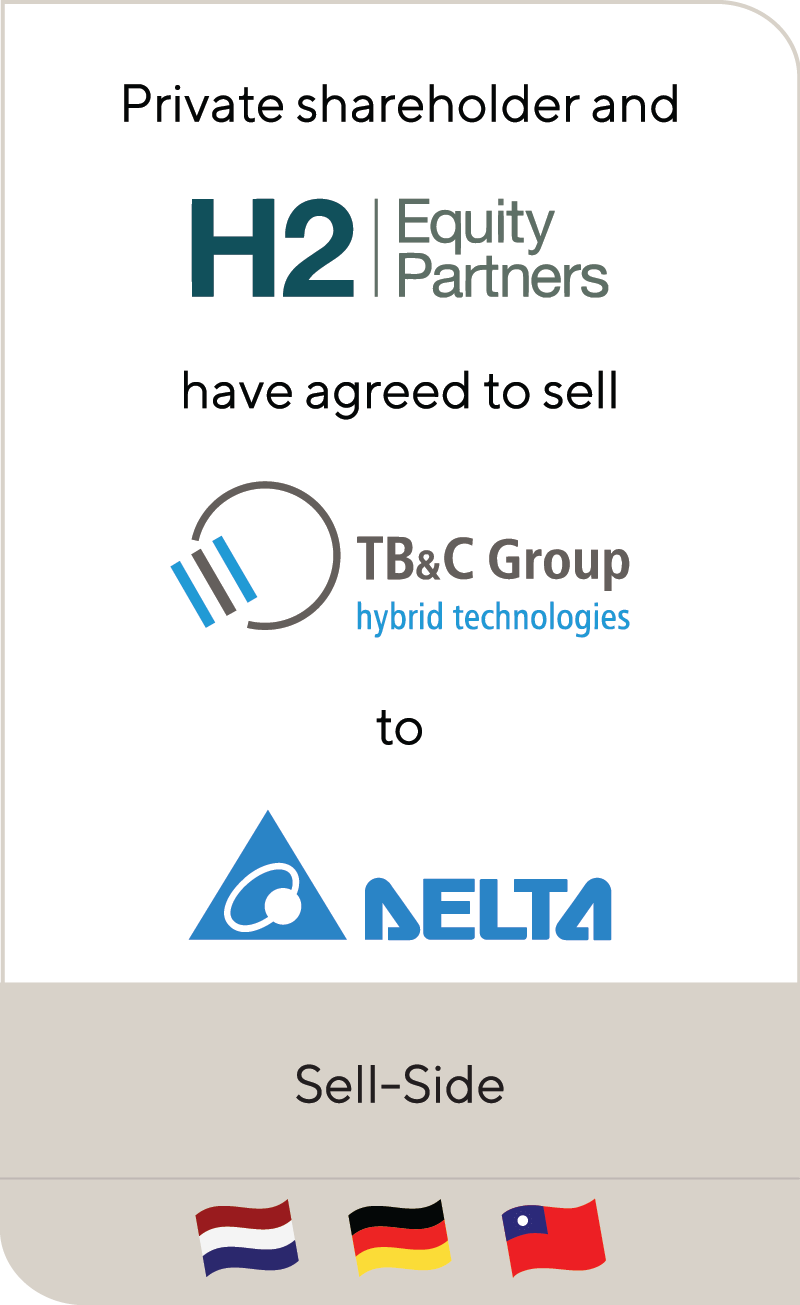Race Toward Electrification: Automotive Players Define Investment Strategy for the Future
Jul 2021
| In 2020, global electric vehicle (EV) sales rose by 38%, despite a decline of 20% in total car sales around the world during the pandemic. In May 2021, IHS Markit estimated that all-electric vehicles will make up nearly 27% of new car sales in the year 2030.
The transition away from internal combustion engines (ICE) and toward electric vehicles is the ultimate test for players across the automotive ecosystem from suppliers to OEMs to technology startups. Governments globally have nudged the industry toward electrification. In the U.S., the Biden administration plans to extend EV tax credits and commit $15 billion to accelerating the build out of charging infrastructure. In China, emissions standards have driven rapid adoption of electric vehicles. In Germany, Tesla’s new Gigafactory near Berlin will churn out thousands of EVs and result in shifts for the industry across Europe. Swedish lithium-ion battery maker Northvolt announced in June it raised $2.75 billion in equity to expand capacity of its Gigafactory to meet customer demand for EVs. As electric vehicles are poised to take over a significantly larger share of automotive sales and production in the coming years, OEMS and their suppliers are focused on accelerating their preparations for an EV future today. |
Summary
-
Lincoln International explores how automotive companies are evaluating their business models in the race to keep up with the cars of the future.
- Click here to download a printable version of this perspective.
- Sign up to receive Lincoln's perspectives
OEMs Bring Batteries In-House, Pursue Unlikely Partnerships
For OEMs, one of the biggest challenges in plans to develop more electric vehicles is the battery. Automotive players face barriers today to greater EV penetration, including access to charging stations, speed of charging, and “range anxiety.” OEMs and their suppliers are focused on exploring ways in which to increase energy density through the development of battery technology. Ensuring adequate supply of batteries and the lifetime of the batteries themselves are other challenges. As the number of EVs on the road increases and automakers have need for more batteries, they are facing competition for batteries from within their own ranks, but also from commercial vehicles, utilities companies and other businesses.
In an effort to account for this roadblock, OEMs are increasingly pursuing partnerships with battery companies to set themselves up for success in the coming years. As early as 2018, Volkswagen invested in one of the leaders in EV battery development, QuantumScape, in which Bill Gates had also invested. In May this year, VW announced a further investment and plans for a new electric vehicle battery production plant facility by the end of the year. VW expects to have built 6 gigafactories by 2030.
General Motors too has been active forming Ultracell, a JV with LG Chem and more recently with Solid Energy Systems. Ultracell has just announced a further $2.3 billion investment to build a second domestic EV battery plant in Tennessee.
These partnerships extend beyond battery development into charging infrastructure and beyond. In April, General Motors announced collaborations with seven major charging network providers to simplify charging for EV owners. As the fleet of electric vehicles grows, automakers will continue to look for partners to enable a seamless and cost-efficient rollout.
In some cases, OEMs are bypassing partnerships and bringing battery manufacturing in-house. Ford is the latest automaker to enter the battery manufacturing game, announcing plans to open a battery development center in Michigan in 2022. As OEMs focus capital on EV, bringing critical battery manufacturing technology in-house reduces a number of risks associated with partnering with an outside supplier.
EV Startups Turn to SPACs for Funding
In February, Ford announced its plans to more than double its investment in electric vehicle technology, allocating $29 billion through 2025. In January, General Motors committed to transitioning its entire vehicle fleet to battery power by 2035.
As the industry anticipates a majority EV market, many companies are developing technology that allows legacy automakers to smoothen their transition to EV. From charging infrastructure to eBox technology, offerings buoyed by the secular trend of energy transition are catching the interest of investors.
As growth-stage EV technology companies fight for access to capital to quickly scale their business operations, SPACs have also offered a welcome avenue to provide late stage venture capital to fund these developments. Most EV startups lack revenue at this early stage in their development, but SPAC investors have been aggressive in the valuations they have placed on these pre-revenue businesses. With hundreds of SPACs looking to complete a de-SPAC transaction in the next two years, it is likely that additional EV technology companies will be taken public via SPAC.
Suppliers Evaluate Capital Structure, Leverage Carveouts to Free Up Management for Electrification Efforts
In October 2020, BorgWarner acquired Delphi Technologies, expanding its electronics capabilities and scale. Shortly thereafter in February 2021, it acquired AKASOL, a German designer and manufacturer of customizable battery packs for use in a range of vehicles. These acquisitions have allowed BorgWarner to expand its electrification portfolio significantly and position itself to meet forthcoming EV demand. Tier 1 suppliers are racing to implement a strategy like BorgWarner’s that will allow them to divest ICE assets and build EV capabilities in tandem.
With the world turning its wheels toward electric vehicles, auto suppliers face distinct risk as supply chains experience a robust shake up. Suppliers are assessing their portfolios in the immediate term to determine which business units will see less demand in coming years. For suppliers providing components to multiple geographic markets, ensuring their strategy is tailored to the nuances of each regulatory landscape and consumer preferences of the region is critical. Perhaps most importantly, suppliers must also evaluate their capital requirements, as debt burdens will limit suppliers’ ability to take the risks necessary to position their business for 20 years down the road. While interest rates are low, suppliers should consider deleveraging their capital structure where possible.
As EV adoption becomes more widespread, many ICE assets will carry a lower valuation although we expect there to be investors who will consolidate the ICE space given the still relatively long tail on ICE. While the capital secured from completing an ICE carveout is likely to be too low to allocate towards purchasing technology capabilities, carveouts streamline suppliers’ portfolios so management can turn more focus to setting their business up for the automotive industry of the future. The strongest suppliers pursue carveouts of ICE assets and dedicate capacity to strategizing for the future in parallel.
Contributors
Meet Professionals with Complementary Expertise
Related Perspectives

“Leader to Leader” Series
The Leader to Leader video series turns up the dial on rich conversations with prominent leaders – from business owners and entrepreneurs to investors and CEOs – highlighting their stories… Read More

Lincoln’s Latest
Lincoln’s Latest video series features experts from across industries, services and geographies, sharing perspectives on current trends, recent observations and future outlooks.

The Lead Left | Webinar: 2023 M&A Outlook
Lincoln International is pleased to have participated in The Lead Left Presents: 2023 M&A Outlook, a webinar discussing market activity and expectations for the coming year. A few key takeaways… Read More

Lincoln International adds John McClure as Managing Director
Lincoln International, a leading global investment banking advisory firm, is pleased to announce the addition of John McClure as a Managing Director in the firm’s automotive and truck sector, a… Read More







